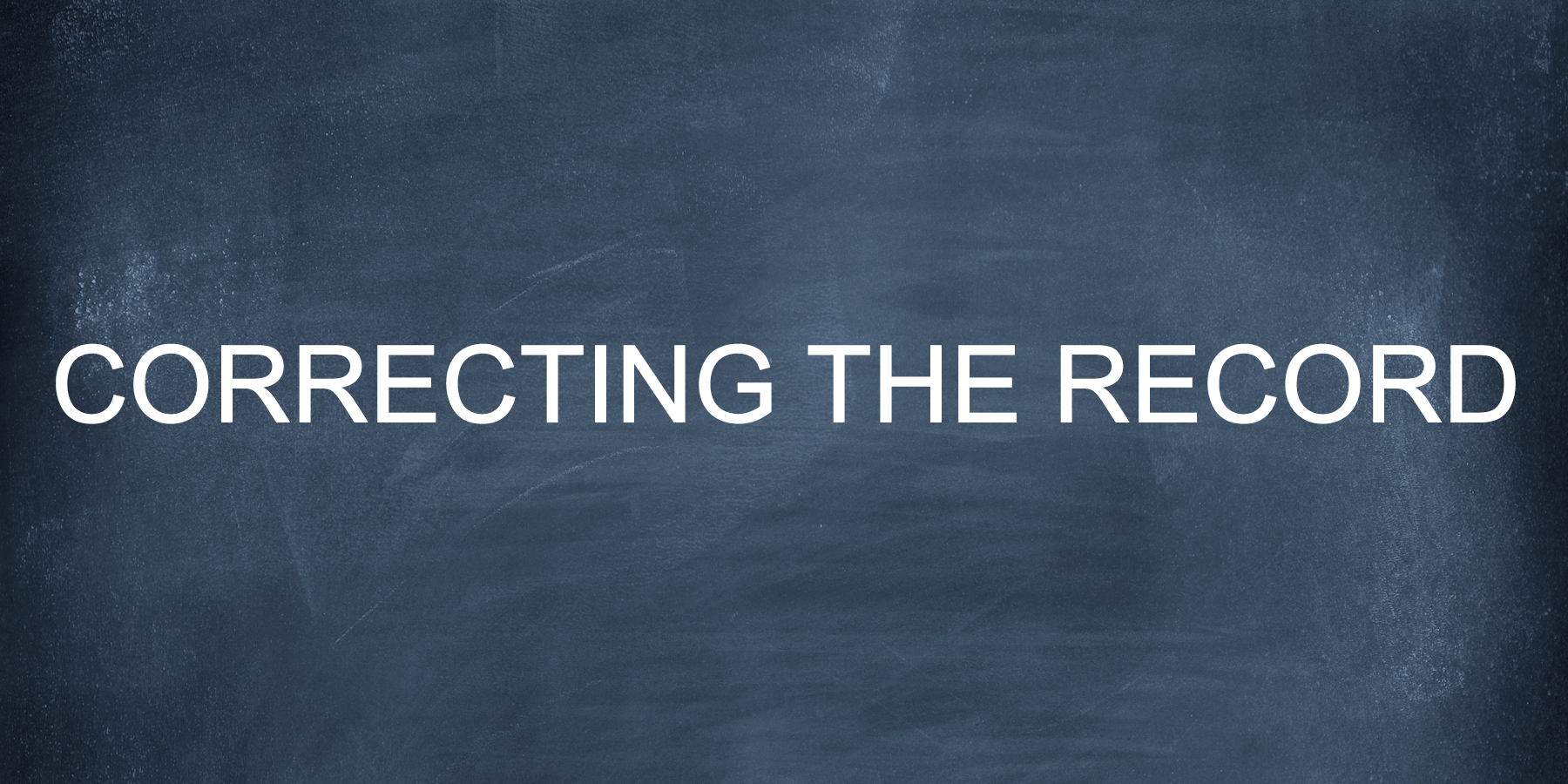Correcting the Record: For Teachers and Parents, High-Quality Assessments Provide Valuable Information

On Thursday, the Connecticut Education Association, the state’s largest teacher’s union, urged the governor and state legislature to replace Smarter Balanced assessments, the Connecticut Post reports.
“Why are we giving students a test when they can’t read it or write it or speak it?” said Ana Batista, a local special education teacher, who argued that teachers are pulled out of their classrooms to proctor exams and are not available to teach English Language Learners. “It is just not fair to them. Kids who just moved to the country.”
Replacing Smarter Balanced would be a step back for Connecticut’s teachers, parents and students. For the first time last year, the state administered the high-quality exam, which is aligned to rigorous college- and career-ready standards. As Fordham Institute president Mike Petrilli explains, while the results were “sobering,” the new test is “finally giving parents, educators and taxpayers an honest assessment of how our students are doing—a standard that promises to end the lies and statistical games.”
Research conducted by the National Network of State Teachers of the Year (NNSTOY) and led by some of the country’s top educators concluded consortia exams like Smarter Balanced better measure student development and align with classroom instruction than several states’ former tests.
“Where the old tests presented a scattershot of material aimed at the lowest common denominator, the consortia tests reflect the transformation happening in classrooms,” writes Josh Parker, a teacher participant in the NNSTOY study. “The increased rigor of the new exams, which matches higher expectations in classrooms, means students are now measured to levels that truly reflect the skills and knowledge base they need to get and stay on a path of college- and career-readiness.”
“Student assessments are only one tool to measure student development. But they are an important one,” adds Maryann Woods-Murphy, another participant. “The transition [to tests like Smarter Balanced] should come as good news for parents and teachers alike. They are finally getting information that honestly reflects how well prepared students are measured against a high rubric—information that will support students at all achievement levels.”
Likewise, Karen Nussle wrote last fall, “States are finally measuring to levels that reflect what students need to know and be able to do to succeed in college or a career…For parents and educators, that should come as a welcome change.” To go back on those efforts would put Connecticut students at a disadvantage and reinforce a system that provides families with misleading information about how well their kids are doing.
About the Collaborative for Student Success
At our core, we believe leaders at all levels have a role to play in ensuring success for K-12 students. From ensuring schools and teachers are equipped with the best materials to spotlighting the innovative and bold ways federal recovery dollars are being used to drive needed changes, the Collaborative for Student Success aims to inform and amplify policies making a difference for students and families.
To recover from the most disruptive event in the history of American public schools, states and districts are leveraging unprecedented resources to make sure classrooms are safe for learning, providing students and teachers with the high-quality instructional materials they deserve, and are rethinking how best to measure learning so supports are targeted where they’re needed most.

